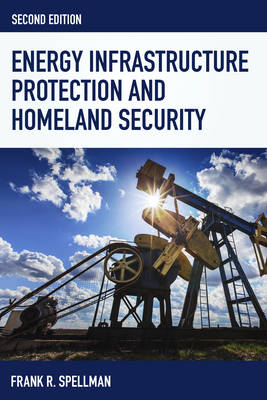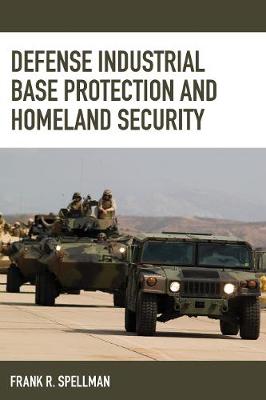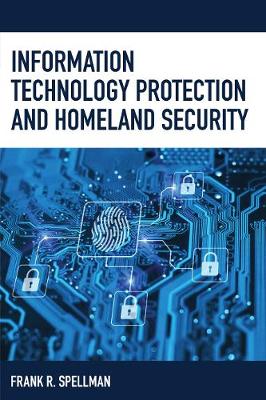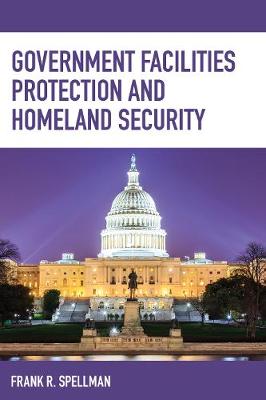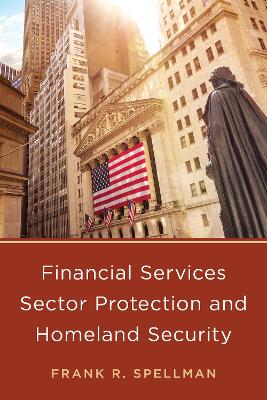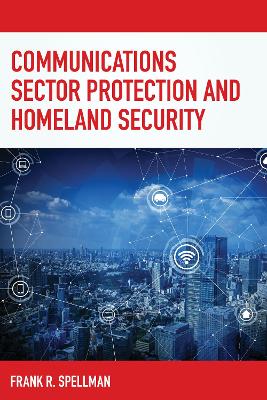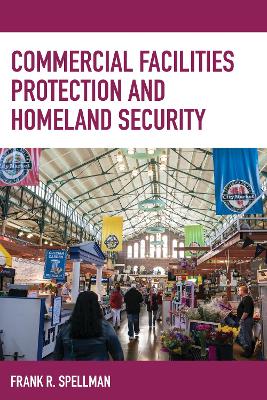Homeland Security
10 total works
Energy Infrastructure Protection and Homeland Security
by Frank R. Spellman
Defense Industrial Base Protection and Homeland Security
by Frank R. Spellman
This book discusses the elements comprising the defense industrial base sector, many of the security measures employed to protect the various entities involved, and provides guidance on improving the resilience of the defense industrial base infrastructure.
This text is accessible to those who have no experience with or knowledge of the defense industrial base sector. If you work through the text systematically, you will gain an understanding of the challenge of domestic preparedness-that is, an immediate need for a heightened state of awareness of the present threat facing the defense industrial base sector members as potential terrorist targets. Moreover, you will gain knowledge of security principles and measures that can be implemented-adding a critical component not only to your professional knowledge but also give you the tools needed to combat terrorism in the homeland-our homeland, both by outsiders and insiders.
Although Information Technology Protection and Homeland Security was written to serve information technology (IT) personnel, project designers, communications technicians, and all computer operators who have an interest in the IT sector, the text is accessible to those who have no experience with the IT sector. While working through the text systematically, the reader will gain an understanding of the need for a heightened sense of awareness of the present threat facing the IT sector. Moreover, the reader will gain knowledge of security principles and measures that can be implemented-adding a critical component to not only the reader's professional knowledge but also providing them the tools needed to combat terrorism.
Other books in the Critical Infrastructure and Homeland Security Series include:
Dam Sector Protection and Homeland Security
Energy Infrastructure Protection and Homeland Security
Food Supply Protection and Homeland Security
Transportation Protection and Homeland Security
Government Facilities Protection and Homeland Security
Government Facilities Protection and Homeland Security
by Frank R. Spellman
Financial Services Sector Protection and Homeland Security
by Frank R. Spellman
This book presents commonsense methodologies to help safeguard this sector in a straightforward but engaging manner. It was written in response to the critical needs of financial planners, management analysts, law enforcement and security specialists, and anyone with a general interest in the security of the financial services sector.
Other books in the Critical Infrastructure and Homeland Security Series include:
·Dam Sector Protection and Homeland Security
·Energy Infrastructure Protection and Homeland Security
·Food Supply Protection and Homeland Security
·Transportation Protection and Homeland Security
·Government Facilities Protection and Homeland Security
·Information Technology Protection and homeland Security
Communications Sector Protection and Homeland Security
by Frank R. Spellman
Communications systems are the backbone for much of the critical infrastructure within the...Read more
Communications systems are the backbone for much of the critical infrastructure within the United States and many of the other infrastructure components are completely dependent on them to perform their missions. They serve part in parcel with other key national security and emergency preparedness resources. This book examines the importance that communication sector has for national security policy and issues of homeland security.
Commercial Facilities Protection and Homeland Security
by Frank R. Spellman
The Commercial...Read more
The Commercial Services sector includes a diverse range of sites that draws large crowds of people for shopping, business, entertainment, or lodging. Facilities within this sector operate on the principle of open public access meaning that the general public can move freely without the deterrent of obstructive security barriers. The majority of these facilities are privately owned and operated, with minimal interaction with the federal government and other regulatory agencies. Since these facilities are not subject to the same security measures as an airport or an government building, they are a terrorist's dream.
Commercial Facilities Protection and Homeland Security gives clear and straightforward guidelines on improving the security and the resilience of the commercial services sector. Readers will determine how to assess risk, identify assets, implement protective programs, create and emergency response plan, and much more.
In Transportation Protection and Homeland Security, the reader will gain an understanding of the challenge of domestic preparedness-that is, an immediate need for a heightened state of awareness of the present threat facing the transportation sector as a potential terrorist target. Moreover, the reader will gain knowledge of security principles and measures that can be implemented-adding a critical component not only to your professional knowledge but also give you the tools needed to combat terrorism in the homeland-our homeland, both by outsiders and insiders.

